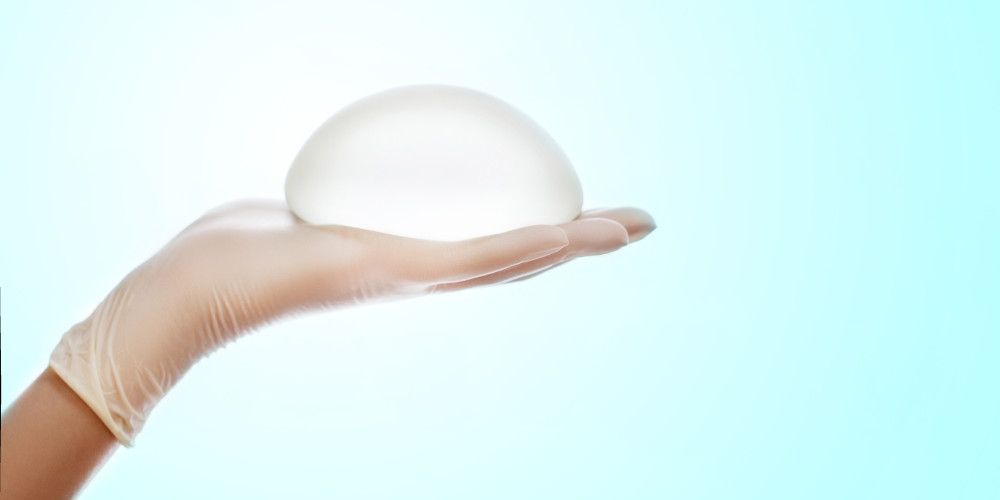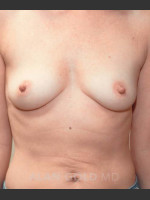Saline Vs. Silicone Breast Implants Pros and Cons

By Eileen Spatz
Taking that momentous step to place a call to a plastic surgeon?s office for a consultation about breast augmentation may have many diverse motivations. Perhaps Mother Nature did not bless you with much more than an A cup set of breasts. Maybe you found yourself with one A cup sized and one C cup sized breast. Maybe you are a breast cancer patient seeking reconstruction. Or, maybe you just want to enhance your feminine shape. In all, about 300,000 women take the plunge each year and get themselves new breasts.
Whatever the reason for the visit, you may be surprised to learn just how much there is to learn about breast augmentation. The detail of precision involved in selecting just the right size, shape, style, and implant material is an area of expertise where the best plastic surgeons shine. Breast augmentation is definitely not a one-size-fits-all procedure, so a skilled surgeon will consider many of your unique anatomical features and lifestyle preferences before deciding on just which device is the best match for you.
While the many implant style options might seem mind-boggling to the lay person?smooth vs. textured, gummy vs. standard silicone, baffled vs. standard saline, round vs. teardrop?for the purposes of this article we will dig in to the primary features and differences, pros and cons of silicone gel versus saline implants.
Silicone Gel Implants
Silicone (inert polymer) breast implants have been around since 1962 and have evolved significantly over the decades. In the late 80s and early 90s, saline breast implants were purportedly causing serious health issues, with accusations of the polyurethane coated implants leading to cancer and silent ruptures leading to autoimmune disorders such as rheumatoid arthritis and lupus. In response to these claims, the FDA pulled silicone implants off the market for further study, with the exception of reconstruction or revision patients only.
In 2006 a new generation of silicone gel implant was approved for augmentation, after years of saline-only (although saline implants have silicone outer shell) devices were used for this purpose. Then, in 2013, the cohesive silicone gel (often referred to as ?gummy implants?) was introduced. These 5th and 6th generation silicone implant devices have a safer design and are steadily increasing in popularity, with silicone now being the preferred implant material among patients.
Pros of Silicone Implants:
- Look and feel more natural
- Lighter weight, so less chance of implant migrating due to gravity
- No wrinkling or rippling
Cons of Silicone Implants:
- Larger incision, because implant is inserted as a filled device
- More expensive
- Risk of silent rupture and subsequent complications
- Need MRIs at regular intervals to scan for silent ruptures
Saline Implants
Saline breast implants first came to market in 1964 in France. Saline implants contain a silicone-coated outer shell with sterile saltwater that can be filled either before insertion or after. Saline implants do not have the historical black mark of being blamed for serious health issues, and enjoyed market dominance during the 14 years that silicone implants were banned for potential health hazards.
A new generation of saline implants, called ?baffled,? shows promise of a more natural outcome for patients. Baffled saline implants have an interior design that has a channel structure, allowing the saline filler to flow in different directions, closely mimicking the feel and movement of a natural breast. This new style of saline implant is not yet available and will be more costly than the silicone breast implants.
Pros of Saline Implants:
- Smaller incision when inserted empty and then filled
- More customizable, as a valve allows for adjusting fill levels post-surgery
- Less expensive than silicone counterparts
- Obvious when a rupture occurs, and body absorbs the saline with no detrimental health effects
Cons of Saline Implants:
- Not as natural feeling, with a harder feel and a consistency of water
- Can cause wrinkling effect in some patients
- May rupture sooner than a silicone implant
Do Your Homework and Have Realistic Expectations
Making the decision to have breast augmentation surgery should not be taken lightly. Along with the potential "cons" noted above, there are risks associated with the general anesthesia and potential post-surgery infection. Make sure that you are well versed on the pros and cons of each type of implant material, as well as any requirements for follow-up imaging for silent rupture, in the case of silicone implants.
Both types of breast implants have the potential to rupture, as well as to form capsular contracture. Capsular contracture (also referred to as encapsulation) involves the formation of scar tissue around the implant as the body's response to a foreign object, resulting in a tightening and hardening of the implant. Not everyone who undergoes breast augmentation will develop encapsulation, and those that do can develop it to varying degrees. Researchers are still not clear as to why some patients develop this response and others do not.
While a skilled, board certified plastic surgeon can significantly improve the appearance of your breasts, they are not miracle workers. Based on a patient?s age, existing breast tissue, breast shape, and level of breast asymmetry results will be varied. Be realistic about the degree of aesthetic improvement you can expect from the surgery as this will enhance your satisfaction level and reduce any feelings of disappointment with the results.


